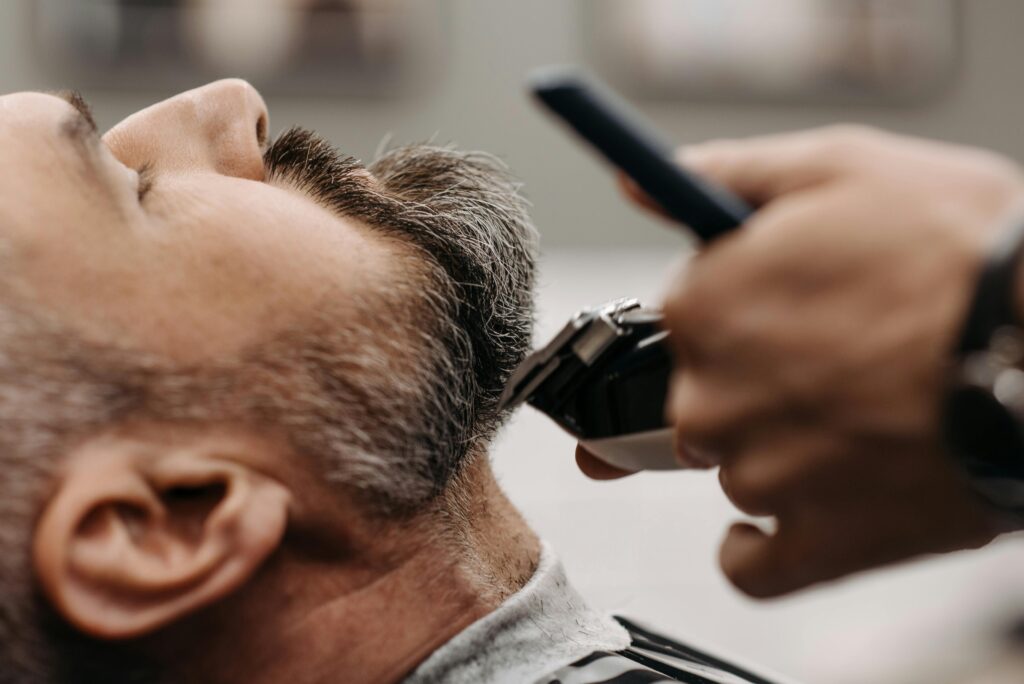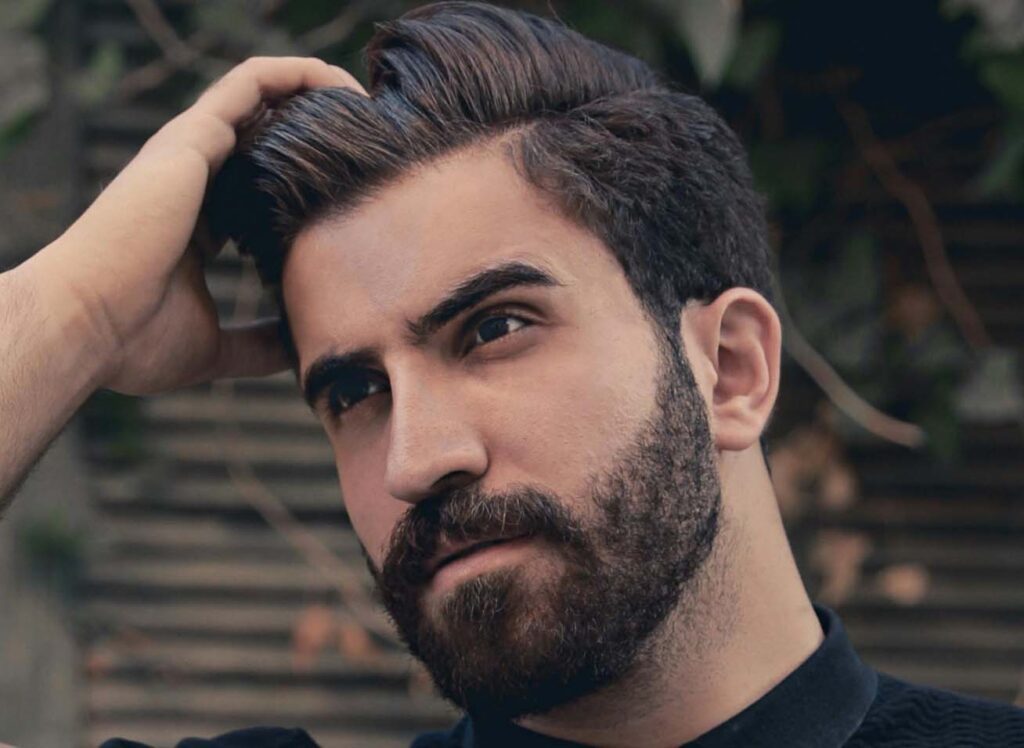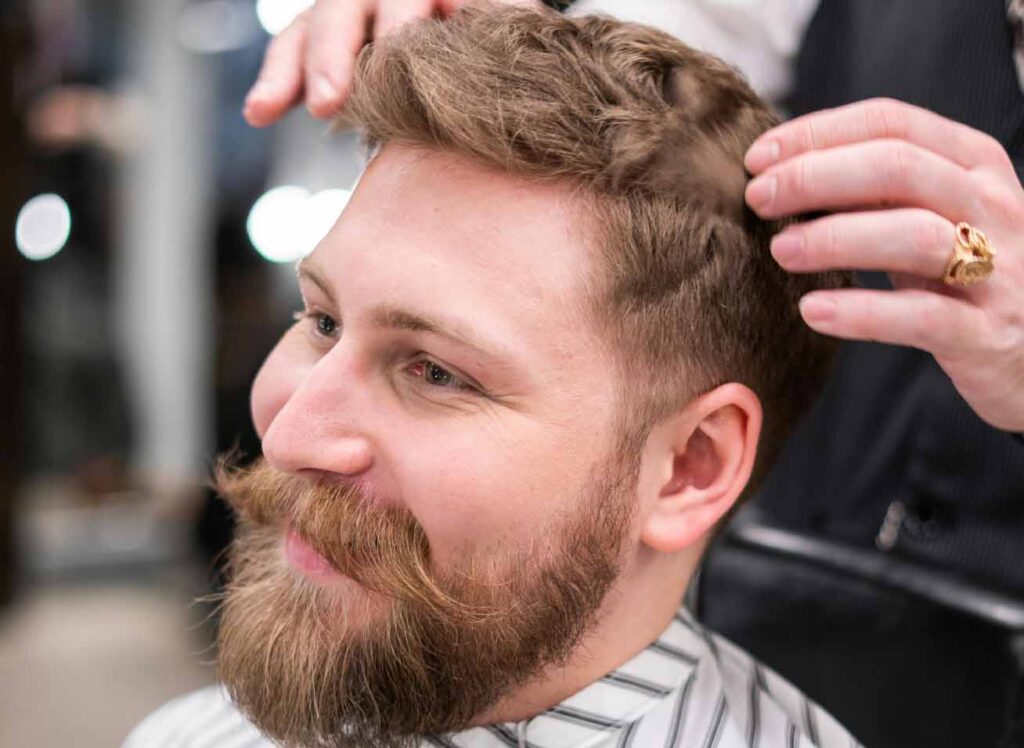Hair loss due to chemotherapy can profoundly affect one’s self-esteem and overall well-being during an already tough period. Although hair often regrows post-treatment, this process can be slow and unpredictable. Hair Transplant After Chemo offers a viable solution for those seeking to restore hair density and confidence more quickly. Hair transplants might be a viable solution for those aiming to restore their natural hair density and confidence.

Insights into Chemotherapy-Induced Hair Loss.
Chemotherapy medications are designed to target and destroy rapidly dividing cancer cells. Unfortunately, these potent drugs also impact other fast-growing cells in the body, including hair follicles. This can result in significant hair thinning or complete hair loss, a condition known as alopecia. The extent of hair loss varies depending on the type of chemotherapy drugs, their dosage, and individual factors like genetics and overall health.
The Hair Transplant Process
Hair transplants involve the surgical removal of hair follicles from areas of the scalp unaffected by hair loss (typically the back or sides of the head) and transplanting them to regions where hair has been lost. There are two main techniques for hair transplantation:
- Follicular Unit Transplantation (FUT): This technique, also called strip harvesting, involves removing a strip of scalp from the donor area and dissecting it into individual follicular units for transplantation.
- Follicular Unit Extraction (FUE): This method involves extracting individual hair follicles from the donor area using a small punch tool and transplanting them into the recipient area.
Both techniques aim to create natural-looking results by strategically placing healthy hair follicles in thinning or bald areas.
Hair Transplants Post-Chemotherapy: Effectiveness
Hair transplants can be a beneficial solution for those recovering from chemotherapy-induced hair loss, but timing is essential. It is generally advised to wait until chemotherapy treatments are completed and the body has had time to recover. This waiting period allows normal hair growth cycles to resume and improves the success rate of the transplant procedure.
Given that chemotherapy can sometimes cause long-term changes in hair texture or density, consulting a skilled hair restoration specialist is crucial. They can assess your scalp and hair follicles, discuss realistic outcomes, and design a treatment plan tailored to your needs.
Key Considerations and Expectations
- Realistic Goals: While hair transplants can significantly enhance hair density and appearance, they might not completely restore hair to its pre-chemotherapy state. Factors such as the extent of hair loss, the quality of donor hair, and individual healing responses can affect the final results.
- Emotional Impact: Regaining a natural-looking head of hair can boost confidence and provide a sense of normalcy after cancer treatment. However, it is important to approach the procedure with realistic expectations and recognize it as part of a broader recovery journey.
Conclusion
Hair transplants present a promising option for those dealing with hair loss from chemotherapy. Hair Transplant After Chemo allows individuals to carefully evaluate their situation and, with the help of experienced professionals, make informed decisions about whether this procedure is right for them. While it may not completely reverse the effects of chemotherapy, it can significantly improve appearance and self-confidence as part of the recovery journey.
If you are considering a hair transplant after chemotherapy, consult with a qualified COVA Hair restoration surgeon who can guide you through the process and help determine the best approach for your specific needs.


